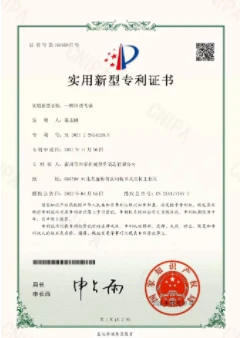Another important consideration in the operation of sheet metal straightening machines is the material being processed. Different metals have varying properties, such as tensile strength and ductility, which can affect the straightening process. Therefore, operators must have an in-depth understanding of these properties and adjust their techniques accordingly to avoid damaging the sheets. By mastering these variables, manufacturers can optimize their straightening operations and achieve high-quality results.
The versatility of rollforming machines is one of their standout features. They can produce a wide range of profiles, from simple U-channels to complex shapes like Z-purlins and C-sections. This versatility is essential for the construction industry, where various steel components are required for different structural elements. Moreover, rollforming is not limited to steel alone; other metals like aluminum can also be processed, making these machines valuable across multiple sectors.
